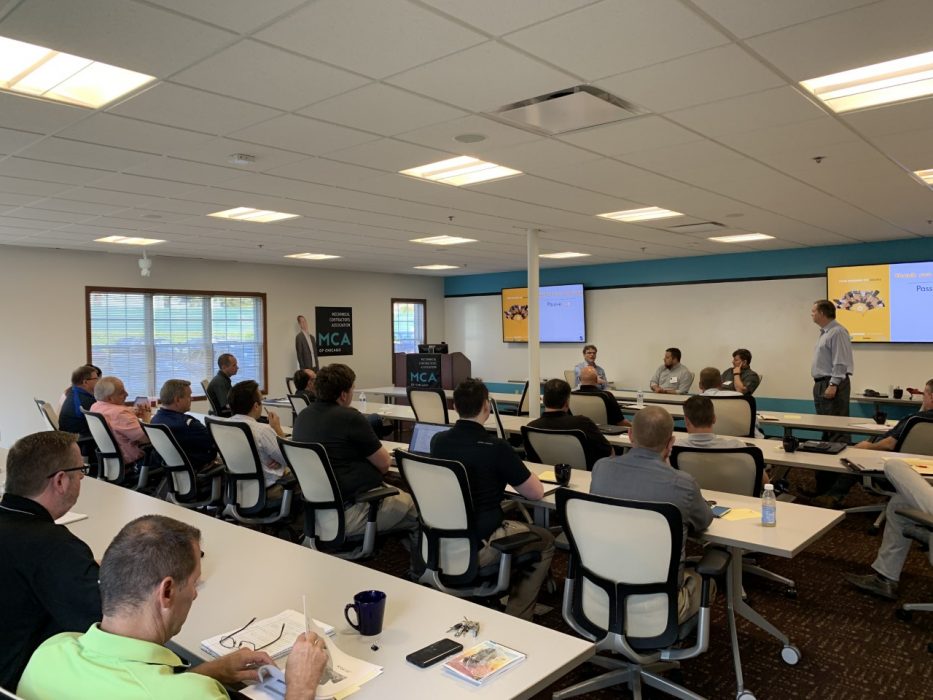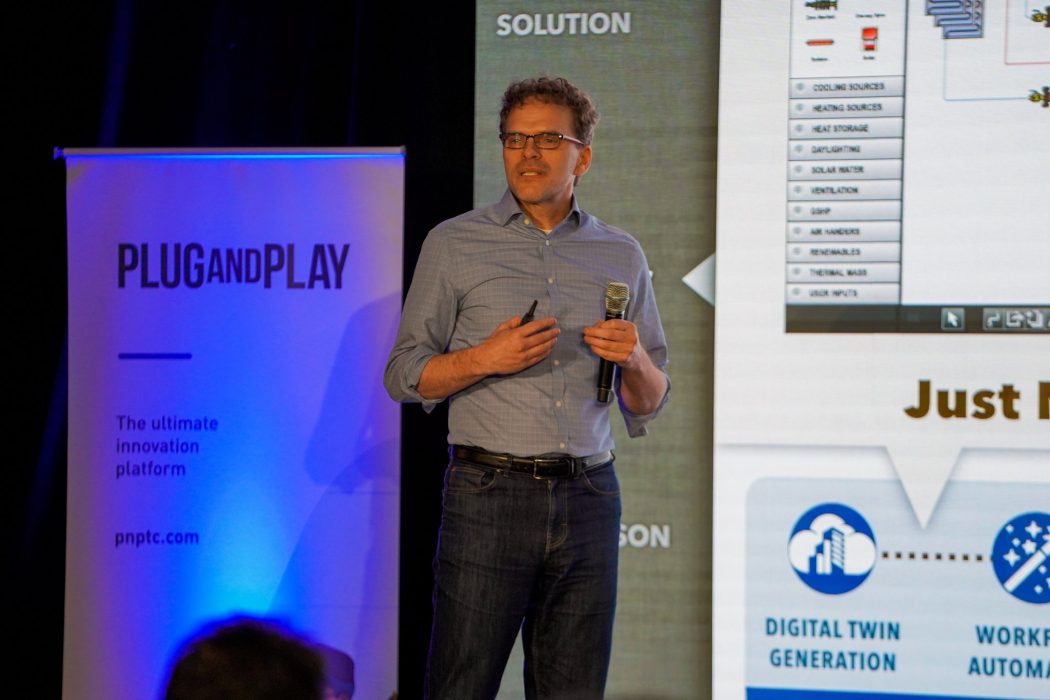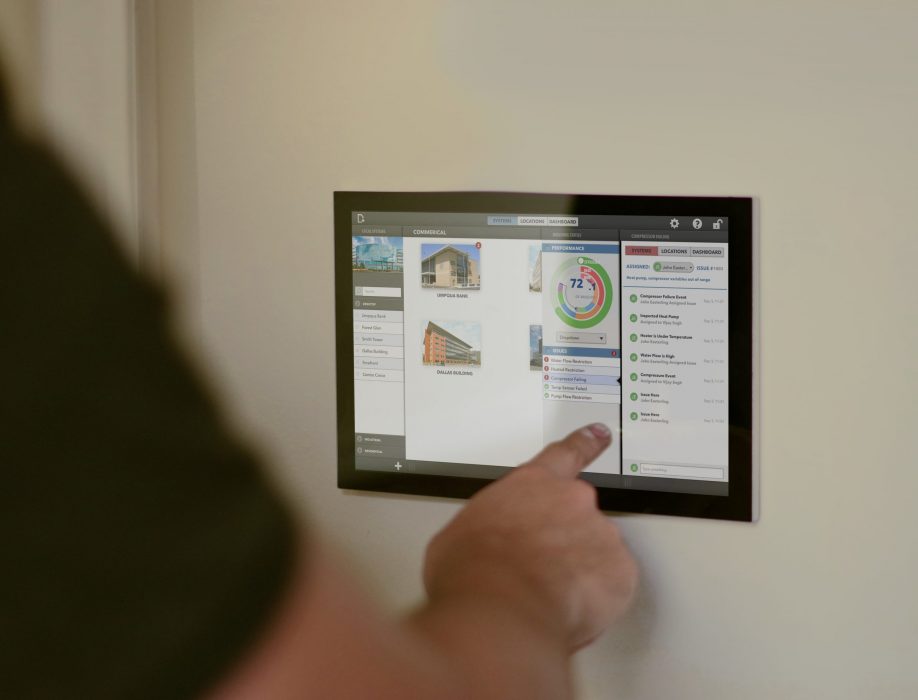For most of us, buildings are the background noise. The ubiquitous backdrop to our work and play. PassiveLogic decided to focus the technology lens on this neglected vertical to improve the human-building interaction for the entire marketplace

Globally, buildings consume 36% of all energy demand and this continues to increase by 3% per year. The lowest hanging fruit for reducing this energy consumption is to optimize the way buildings are controlled. A U.S. Department of Energy study from over a decade ago concluded that building controls and automation was the best opportunity for addressing building inefficiency, and yet the problem still persists. However, technologists have done little to address this opportunity in a substantive way. In fact, remarkably, building controls in 2019 are based on a foundation of 19th century technologies like the mercury thermostat.

PassiveLogic founders Troy Harvey and Jeremy Fillingim looked at this underperforming technology foundation being applied to the most complex controlled infrastructure in the world. They saw an opportunity for transforming an entire marketplace through innovation. The underlying problem is a considerable mismatch between the complexity of the controlled systems and the automation tools being used to model those systems. Bolton point solutions from other companies create unnecessary complexity while still not achieving the intended goals. In contrast, PassiveLogic founders took a holistic, systemsbased approach.
A systems engineering approach re-invents building control from the ground up, starting by tossing out relic technology. The keystone of PassiveLogic’s redesign is physics-based deep digital twins. A digital twin is a virtual version of a physical object, system, or process — the link between the physical and digital worlds. These digital representations of the real world can be manipulated, simulated, and analyzed to understand building systems, behaviors, and interactions that are too difficult or expensive to observe in the physical environment.

Deep digital twins directly model the physical complexity of actual systems without oversimplification, enabling buildings to operate autonomously. Fully Autonomous Buildings develop their own control sequences on the fly in response to changing conditions. The digital models can be extended to predict the future, showing the implications of a control or environmental change on the systems being modeled. PassiveLogic’s innovation enables the understanding of not just “what” occurred, but “how”, “why”, and “what will be”.

The real value of this innovative approach is that when a building fundamentally understands its own physics, it is then possible to evaluate its performance — including energy usage — and make control decisions that optimize for efficiency. In fact, when artificial intelligence and machine learning are applied to these deep digital twins, not only can we optimize a building’s control in the moment, but we can compare futures and continuously improve a building’s performance over time.
PassiveLogic’s innovation allows buildings to no longer be a forgotten backdrop, but rather become value-enhancing assets that belong in the 21st century. Autonomous Buildings will reshape how people interact with, design, manage, and maintain the built environment














